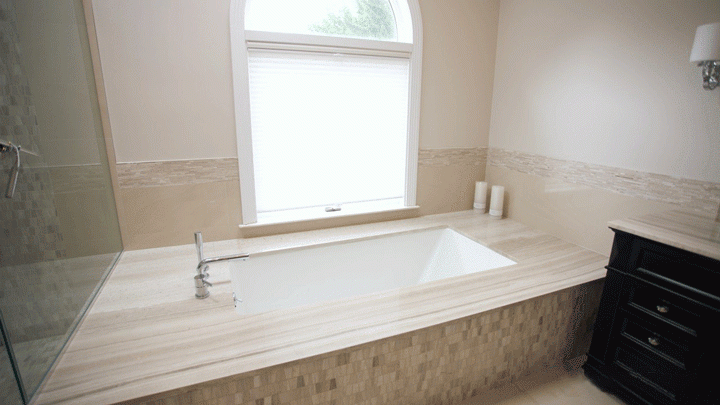
Table of Contents
Travertine is an elegant natural stone that has been used as a building material for centuries. The stone can be found in many different colors, ranging from gray to gold. From countertops to flooring, travertine has many uses. The natural stone can be utilized both indoors and outdoors. The following is a thorough analysis of everything you will need to know about travertine before purchasing.
What is Travertine Used For?
Travertine has been used since the time of the ancient Romans as a building material. In fact, some of the world’s most famous structures, such as the Roman aqueducts, were constructed using travertine. In modern construction, the stone has been used for many interior and exterior designs.
[get_quote]
What is Travertine?
Travertine is similar to limestone. In fact, travertine actually is a type of limestone, although the names of the two stones should not be used interchangeably, as some differences exist. Travertine typically forms in hot springs. It forms by the precipitation of calcium carbonate.
What is the Difference Between Travertine and Limestone?
Travertine is comprised of mostly calcite, which makes it a much softer stone than regular limestone. Travertine is more porous and is less durable than limestone, which means you will need to be careful where you choose to install your travertine.
Where Should You Install Travertine?
Because travertine is a very soft stone, it will not be your best choice for a countertop in a high traffic area, such as a kitchen. While you can have a travertine kitchen countertop, you will have to be extremely cautious and avoid spills – especially if those spills are acidic. Any spills should be cleaned up immediately.
As mentioned above, travertine is often used for a variety of home construction elements. You can use travertine for countertops, flooring and in many other places. Other than its use as a countertop material, a travertine floor is surely a great way to make a statement in your house. For floors, the material will come in travertine tiles.
Overall, you can typically find travertine used for:
-
Countertops
-
Backsplashes
-
Fireplace Surrounds
-
Walkways
-
Interior Floors
-
Patios
-
Pool Decks
-
Interior and Exterior Walls
-
Driveways
-
Bathtub Surrounds
-
Shower Walls
Countertops
The consistent color and long streaks that are typically present in travertine make the natural stone a beautiful choice for a countertop. However, you will need to make sure you exercise the proper caution and keep up on maintaining the surface.
Backsplashes
A great way to match a travertine countertop is by installing a travertine backsplash. This backsplash will look incredible, as having travertine on the walls will truly highlight the natural beauty of the stone.
Fireplace Surrounds
Another place travertine will look great is as a fireplace surround. The natural stone will be pleasing to the eye and will draw attention to the fireplace.
Walkways
Travertine is a great stone for walkways, and it is often used for this purpose. In specific, honed travertine looks great on walkways.
Interior Floors
Just as you can use the stone for walkways, you can also use travertine for interior floors. With a honed finish, the floor will look amazing.
Patios
Travertine is commonly used in outdoor areas. If you are looking for a stone that looks nice on your patio, you should strongly consider going with travertine.
Pool Decks
Travertine is slip resistant, which makes the stone an excellent choice for pool decks.
Interior and Exterior Walls
If you want to bring a touch of natural beauty to your interior or exterior walls, using travertine can help you do just that.
Driveways
Travertine pavers look incredible when used as a driveway surface. Considering that the driveway is an entrance to the home, using travertine can help you make a great impression.
Bathtub Surrounds
Another use for travertine is as a bathtub surround. The natural stone will bring light and life to your bathroom.
Shower Walls
You can also utilize travertine for shower walls. The natural stone looks beautiful when incorporated into the home as a shower wall.
What Colors is Travertine Available In?
Travertine is available in a variety of colors from grey to gold. The color of the stone will depend on where it was quarried and which minerals are present in that particular area.
What Are Some Popular Types of Travertine?
Below are images and descriptions of five of the most popular types of travertine:
-
Crema Viejo Travertine
-
Silver Travertine
-
Silyon Travertine
-
Travertine Giallo
-
Yellow Travertine
Crema Viejo Travertine 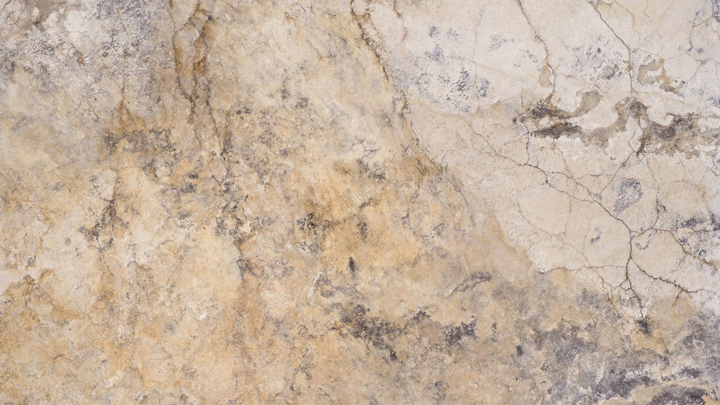
Crema Viejo Travertine is a beautiful natural stone that is a softer brown color with light and dark brown veins and variable texture. This stone will give off a very relaxed feel.
Silver Travertine 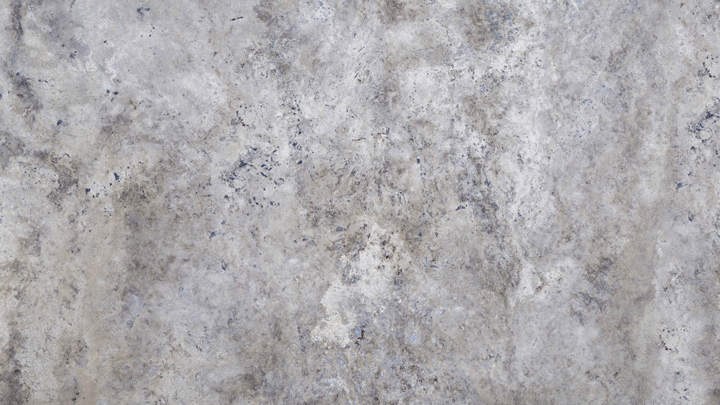
Silver Travertine is the perfect stone if you are looking for something that has a similar appearance to marble but with a slightly different pattern. This stone can look gorgeous in many different places throughout the home.
Silyon Travertine 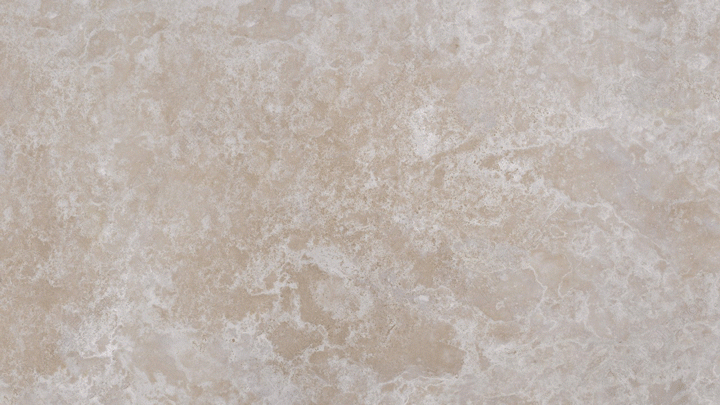
Silyon Travertine is brown or beige in color with white veining and beautiful textures. It will look great no matter where you choose to install it.
Travertine Giallo 
Travertine Giallo is a stunning golden-brown natural stone that features layered textures and veining. Installing this stone will add natural beauty to your home, regardless of the place you install it in.
Yellow Travertine 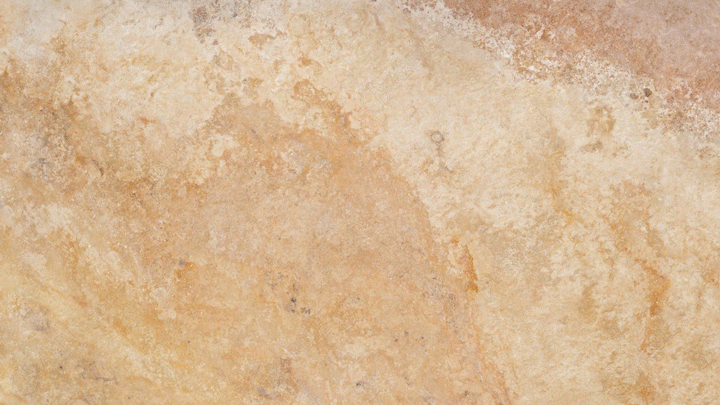
Yellow Travertine features a beautiful gold base with some speckles and veining present throughout the slab. This stone has a soft and elegant look that will work well anywhere in the home.
[get_quote]
What Are Your Options for Finishes?
Travertine comes with different options for finishes. The four most common finishes you will find are:
-
Tumbled
-
Brushed
-
Honed
-
Polished
Tumbled Travertine
Tumbled travertine tiles feature a natural look with a textured feel. The edges are rounded. Tumbled travertine is most commonly used for outdoor applications, such as patios, walkways and pool decks.
Brushed Travertine
Brushed travertine is similar to tumbled travertine, although the edges are not rounded. Brushed travertine is also commonly used in outdoor settings.
Honed Travertine
Honed travertine features a smooth matte finish and is often used for indoor applications, such as bathrooms, kitchens and interior floors. With honed travertine, the pores of the stone are filled, which makes it more stain resistant than tumbled or brushed travertine.
Polished Travertine
Polished travertine will have a shiny look and a smooth feel. Much like honed travertine, polished travertine is more resistant to staining than tumbled or brushed travertine.
Does Travertine Need to Be Sealed?
Although you do not absolutely need to for some types of the stone, it is highly recommended that you seal your travertine – especially if you are using the stone as a countertop. Travertine is porous and can stain very easily. Travertine tiles and travertine pavers do not necessarily need to be sealed, but again, it is still highly recommended that you do so to protect against any damages that may occur from stains. There are many types of sealants available on the market, and sealing is a quick and easy process.
What Will Happen if You Do Not Seal Your Travertine?
If you opt not to seal your travertine, you will risk having the stone get damaged. While you will not have to worry about walking on it, you will have to worry about acidic spills, such as coffee, juice or wine. In addition, you will not want outdoor hazards such as oil from your car leaking on your travertine. This is why it is recommended that you have the stone sealed.
Travertine, like any other natural stone, is a significant investment. You will want to keep your travertine looking beautiful for many years. The first step to doing this will be to have the stone sealed.
How Do You Properly Care for Travertine?
Besides sealing, there are additional steps you will need to take in order to properly care for your travertine. To clean the stone, you will need to use cleaner that is suitable for use with travertine. Never use any harsh cleaners, as doing so may result in the stone becoming etched. Other than this, make a good effort to avoid spills, especially spills of acidic substances. These can cause significant damage to travertine. Some examples of acidic substances are coffee, juice, wine, soda and tomato sauce. If you take good care of your travertine, it can stay looking in top shape for years to come.
What Famous Structures Incorporate Travertine?
As referenced briefly above, travertine is not only found in residential settings. Many of the world’s most famous buildings and structures feature travertine in the design. Likely the most recognizable of these structures is the Colosseum in Rome. Travertine was used to construct the main pillars and walls. More recent examples of buildings that incorporate travertine include the Willis Tower in Chicago, where the interior walls feature the stone, and the Getty Center in Los Angeles, which features the stone on its exterior.
Material That Looks Like Travertine
One complaint that many homeowners have about travertine is that the stone is porous and therefore may damage easily. There are alternatives to travertine in the form of porcelain tile. However, many homeowners also find that there is no true replacement for the look of natural stone. While the appearance of travertine can be imitated, the beauty that is produced by nature simply cannot be surpassed.
Pros and Cons of Travertine
Travertine is no different from any other natural stone material in that it has its pros and cons. These pros and cons are broken down in more detail below.
| Pros | Cons |
|---|---|
| Beautiful | Porous |
| Adaptable | High Cost |
| Many Color and Finish Options |
Pros
Beautiful
There is no denying that travertine is one of the most beautiful natural stone materials you can find. Installing it can visually enhance any part of your home.
Adaptable
The stone is very adaptable to different areas of the house. You can use travertine inside or outside, and the stone works well with various color schemes.
[get_quote]
Many Color and Finish Options
While not as many as a stone like granite, travertine is available in a beautiful range of softer colors. You will also have various finish options to choose from.
Cons
Porous
Travertine is porous, so you will have to be extremely careful around the stone.
High Cost
Just like any natural stone, travertine will not be cheap. However, the cost can be well worth it if you want to beautify your home.
If you are looking for a beautiful natural stone that is suitable for use both indoors and outdoors, travertine is an excellent choice. The natural stone will make any area you install it in more visually appealing. As long as you are cautious and take proper care of the stone, your travertine can look amazing for many years. From countertops to pool decks, there is truly no area of the house that travertine cannot improve. Through reviewing this guide, you can know what travertine is, where it is commonly installed, what options you have for colors and finishes and how you can properly care for the stone.













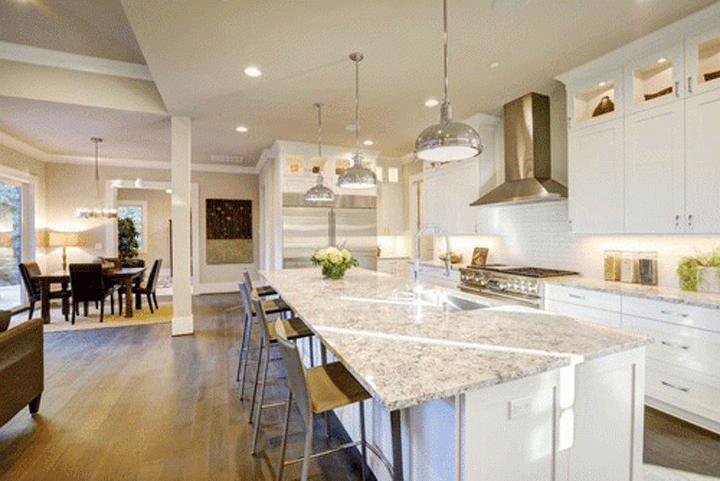
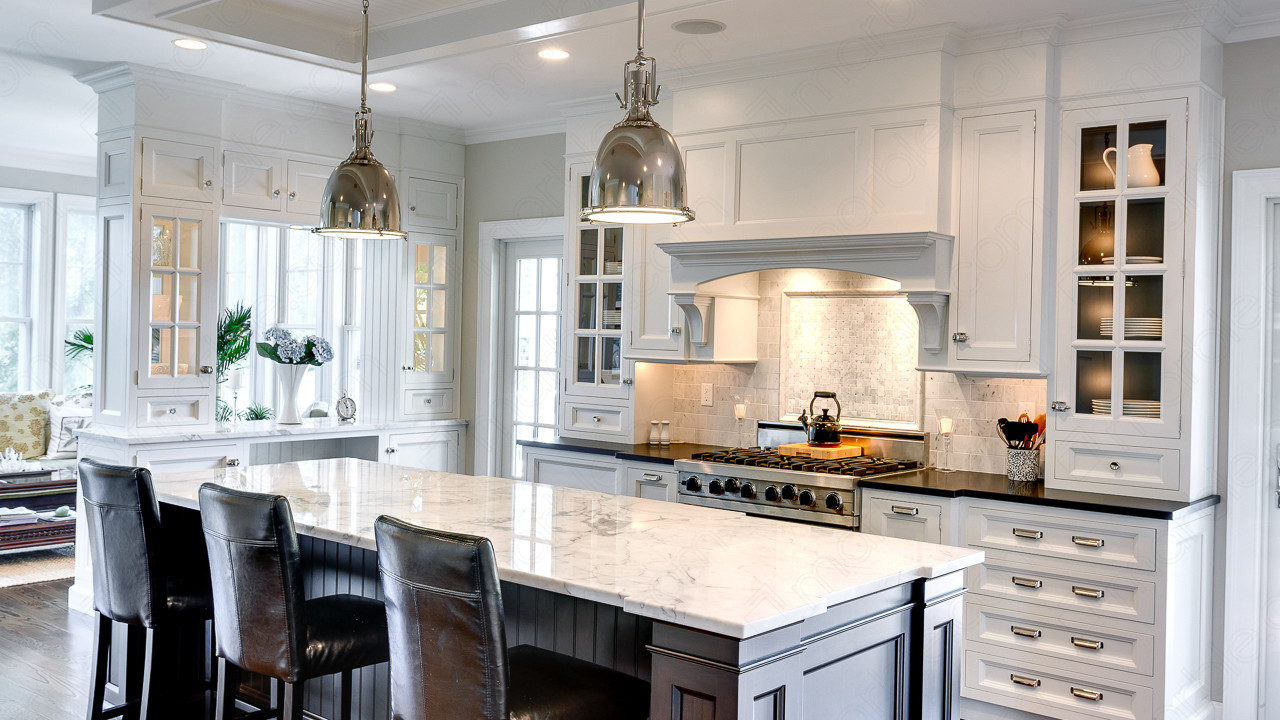
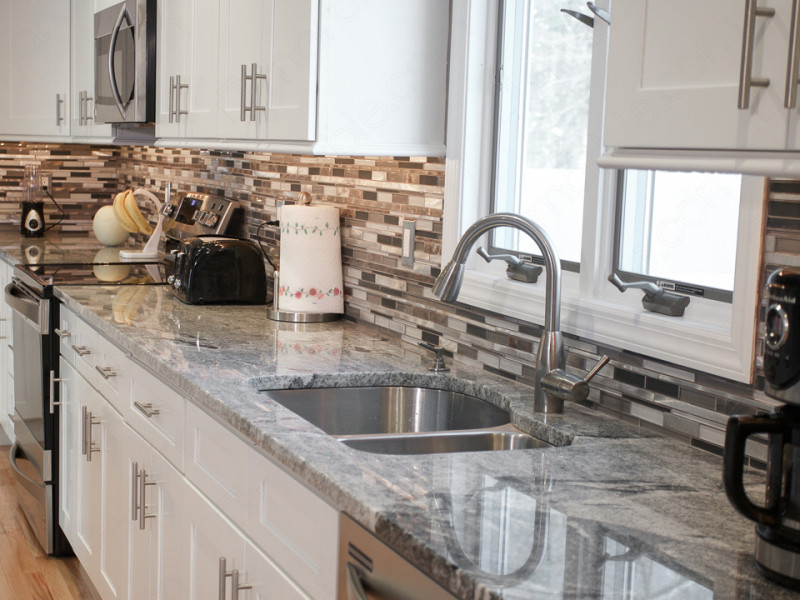
 The article helped me immensely
The article helped me immensely
 I’m now more informed on the subject
I’m now more informed on the subject
 I have questions about Marble.com
I have questions about Marble.com
 The article was not accurate at all
The article was not accurate at all
 There is a serious lack of information
There is a serious lack of information
 I have questions about Marble.com
I have questions about Marble.com